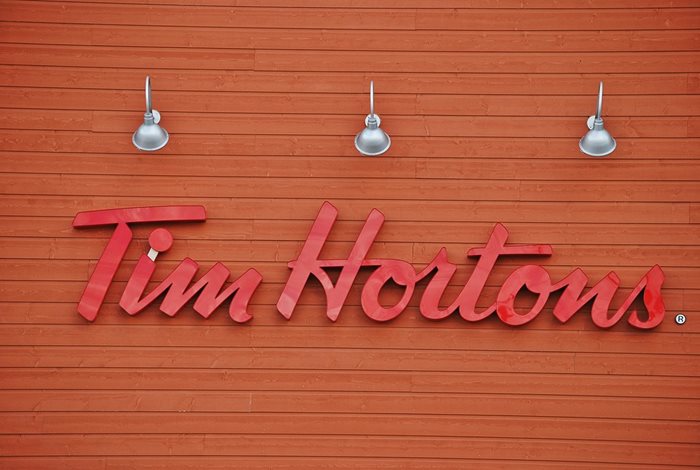Restaurant Brands’ revenues rise 6% to US$1.46bn, but strong results at its Burger King and Popeyes fast food businesses overshadowed by sluggish sales at Tim Hortons

Tim Hortons launched in China and Thailand during 2019 and has sought to refurbish some of its existing store portfolio as global competition intensifies
Canadian multinational, Restaurant Brands, has reported a ‘challenging’ third quarter for Tim Hortons as like-for-like sales at the Canadian coffee chain fell 1.4% during the period. Analysts had expected growth of 0.93%. “Our results at Tim Hortons were not where we want them to be,” said Restaurant Brands CEO Jose Cil.
Tim Hortons operates around 4,800 stores globally across North America, Mexico, Europe, the Middle East, and Asia, but the coffee chain’s native Canadian market by far its largest with around 4,300 stores. In February 2019 Tim Hortons opened its
first store in China after vowing to establish over 1,500 outlets across the vast east Asian nation in just ten years. June 2019 saw the brand enter the
Thai market with an exclusive master franchise and development agreement with WeEat Company.
Despite entering new growth markets, embarking on a store renovations programme and revamping its coffee and food menus in some markets, Tim Hortons has struggled to boost sales in 2019. The coffee chain’s like-for-likes fell 0.6% in the first quarter, returned to 0.5% growth the second quarter before falling again in the third.
Across developed coffee shop markets, Tim Hortons faces stiff competition from a host of scaled rivals pivoting their growth strategies toward premium consumer spend. In the crowded and highly competitive US coffee shop market, Tim Hortons is the third largest branded coffee chain behind Starbucks and Dunkin. However,
World Coffee Portal research shows the chain had a net reduction of 33 outlets over the last 12 months to operate a total of 661 stores.